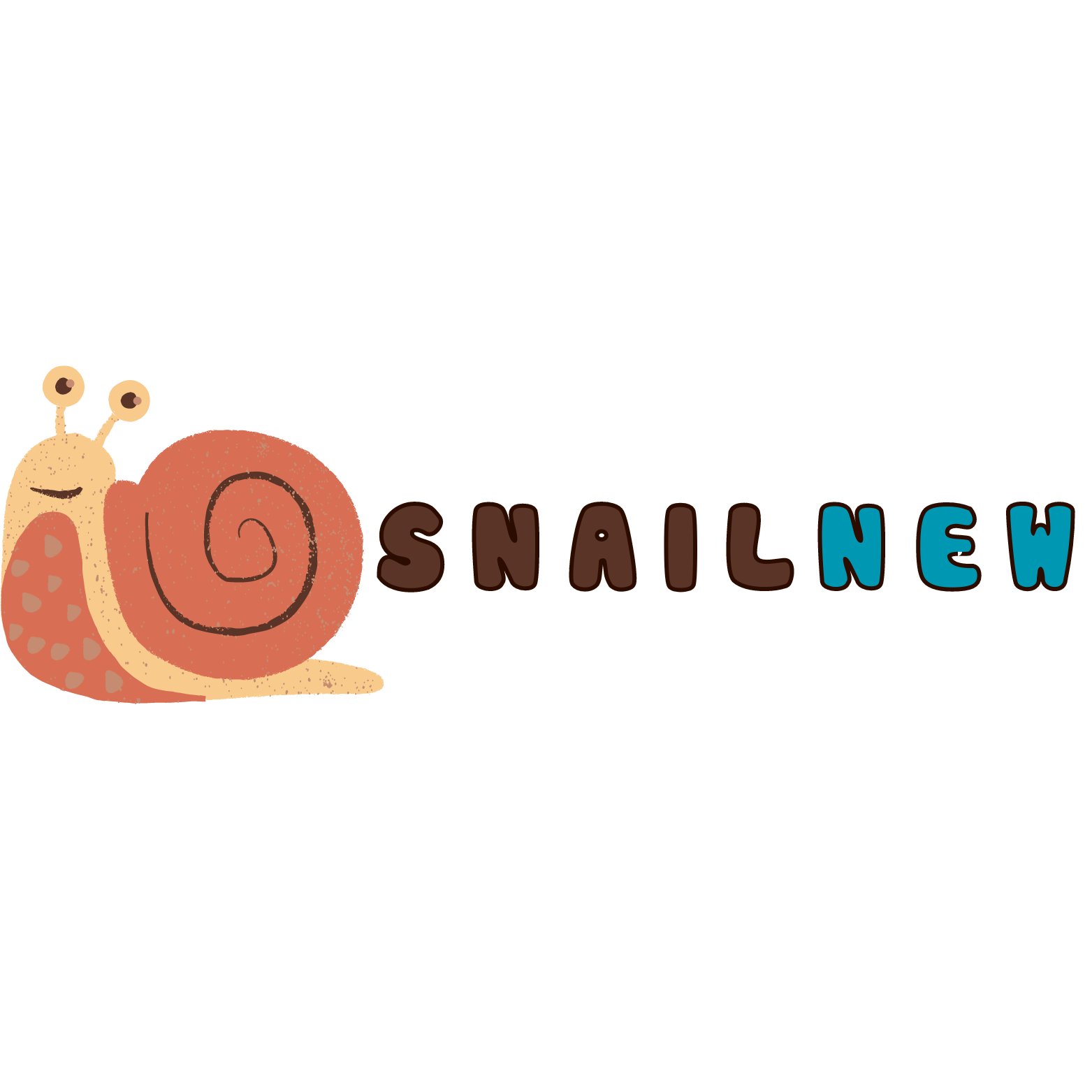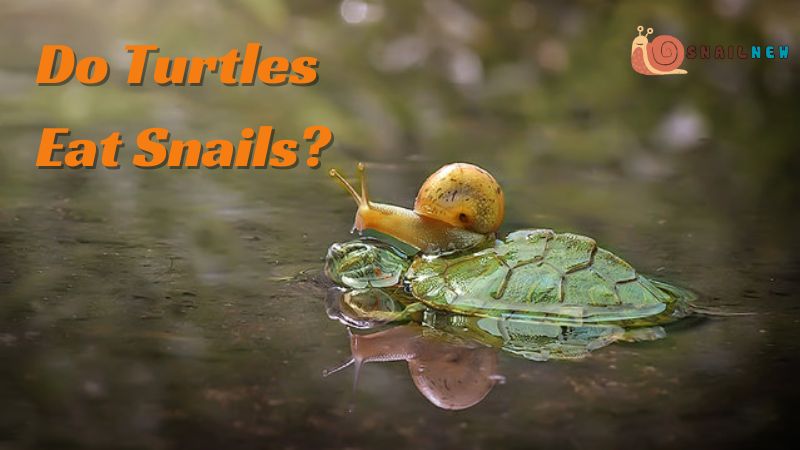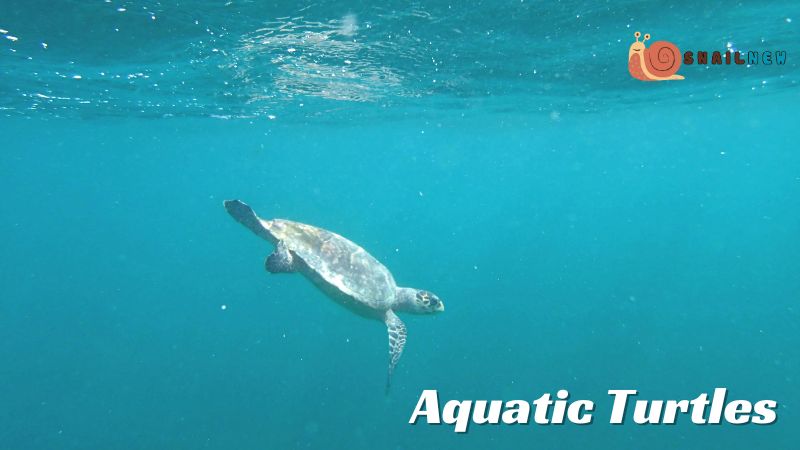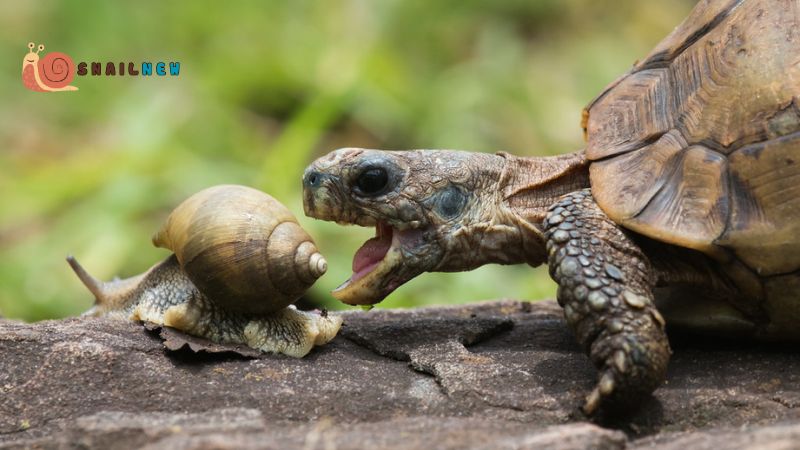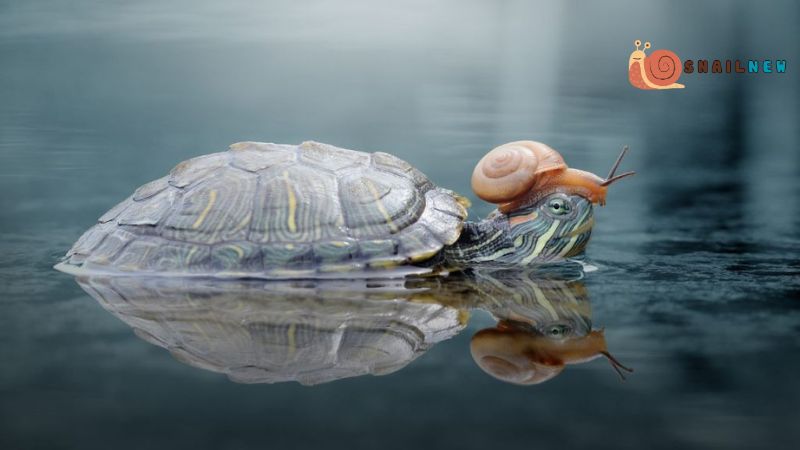Within the vast and multifaceted realm of reptilian life, turtles occupy a unique and intriguing niche. Renowned for their distinctive shell-covered bodies and often gentle demeanor, these creatures evoke curiosity not only for their appearance but also for their dietary habits. Among the various inquiries surrounding turtle behavior, a prominent question emerges: do turtles eat snails? This query from Snailnew serves as a gateway to an enthralling journey into the dietary inclinations and ecological interplay of turtles, illuminating the nuanced relationship they share with these shelled gastropods.
Aquatic Turtles: Masters of the Murky Depths
Do Turtles Eat Snails?
Terrestrial Turtles: Foragers of the Forest Floor
Ecological Dynamics: Turtles and Snails in Harmony
The Culinary Versatility of Turtles
Cultural Narratives and Culinary Traditions
Conservation Implications: Protecting Turtle Habitats
While the dietary habits of turtles offer insight into their ecological roles, they also underscore the importance of conserving their habitats. As habitat loss and degradation threaten turtle populations worldwide, efforts to protect and restore critical ecosystems become paramount. By safeguarding wetlands, rivers, and coastal areas, we not only preserve the habitats of turtles but also safeguard the intricate web of life they support, including snails.
Conclusion
In conclusion, the inquiry into do turtles eat snails unveils a captivating exploration of nature’s intricacies and the interconnectedness of species within the vast tapestry of life. From the tranquil depths of aquatic habitats to the sun-drenched landscapes of terrestrial realms, turtles and snails engage in a timeless dance of predator and prey, shaping the dynamics of ecosystems and enriching the biodiversity of our planet. So, do turtles eat snails? The resounding answer echoes through the annals of natural history: yes, they do, embodying the marvels of adaptation and the beauty of ecological diversity.
